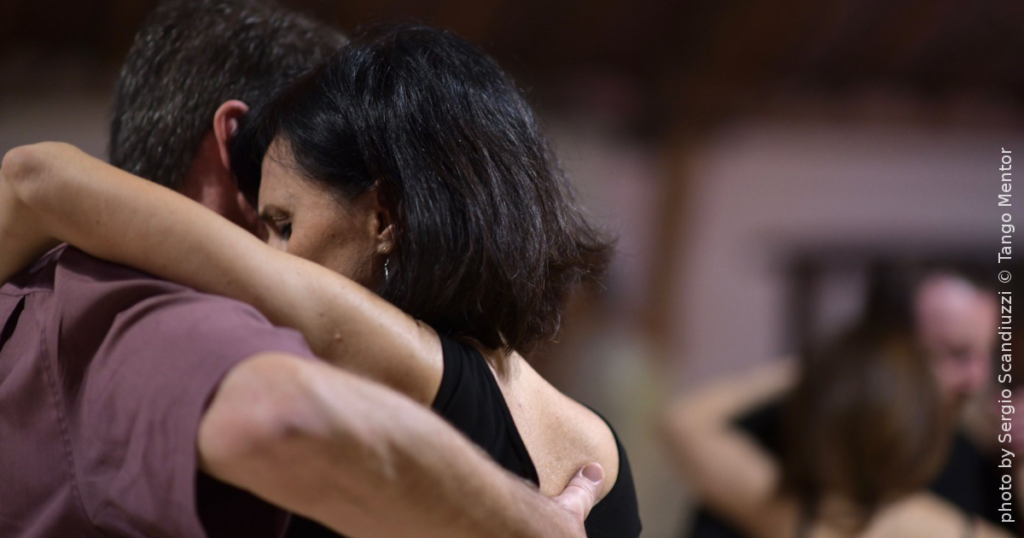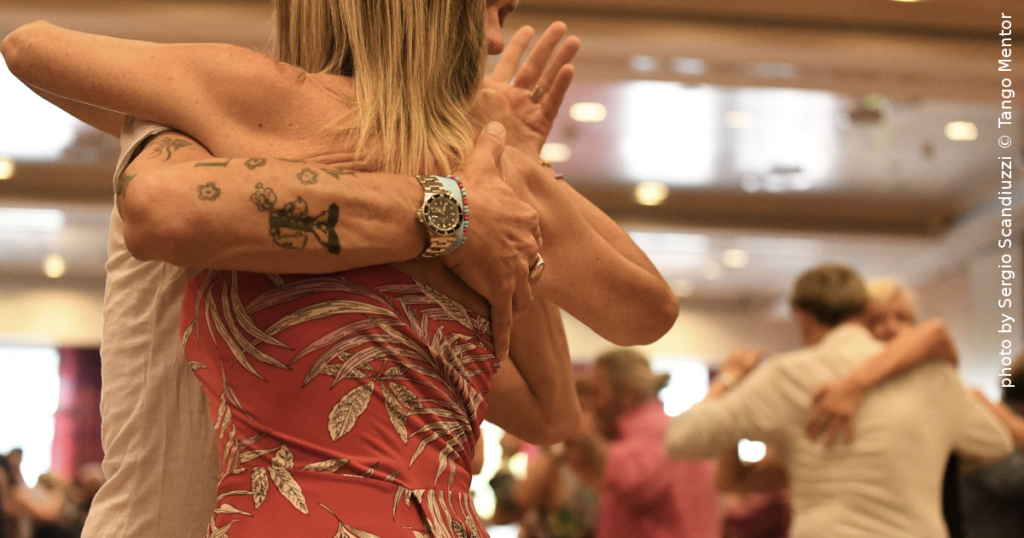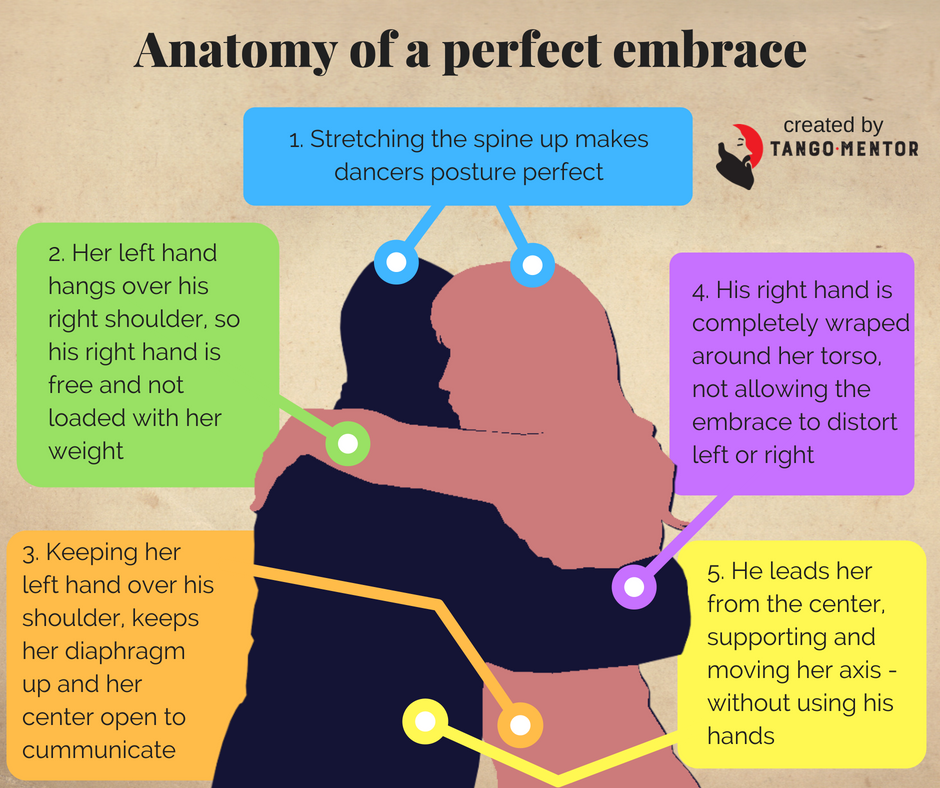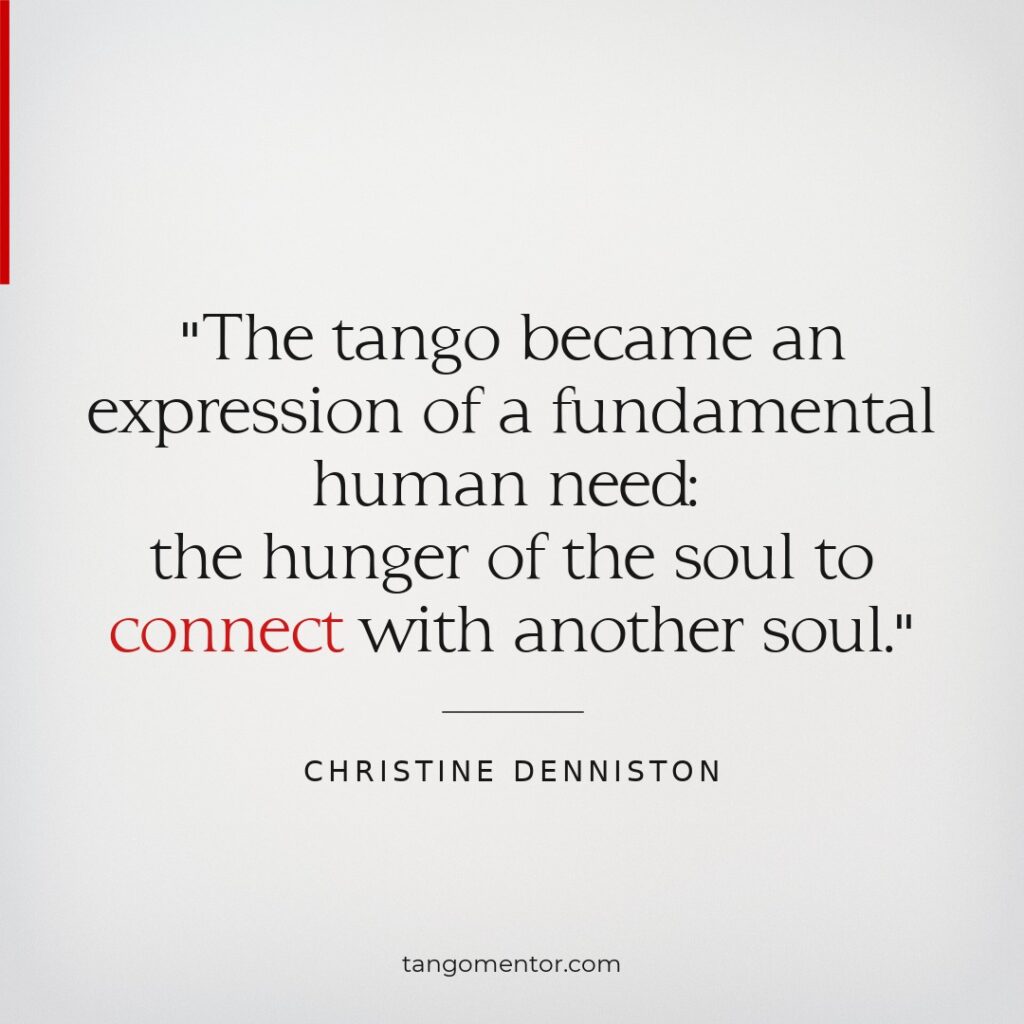
Since I’ve started publishing articles every week, I guess you’ve asked yourself: does artificial intelligence writes for me and what is my AI usage policy? The short answer is “No, I do it all by myself.” But there’s more to it…
This article, as I imagine it, will serve well as my AI usage policy – since I want to be intellectually honest with my readers.
I write every day! It helps me with my mental discipline and also brings me closer to my goal of improving my English, as it’s not my native language.
A few months back, I attended an encuentro and met Annie in person for the first time. She is one of the people who helped me with proofreading in the past.
During our conversation between milongas, she asked about why I paused my work on Tango Mentor. I explained it’s because I was focused on my local school.
“When I resume my writing, I likely won’t require your assistance anymore,” I replied but then a thought crossed my mind: “Oh, what if soon I won’t be needed anymore either?”
Indeed, what if this blog in its entirety could be managed by AI, from ideation to writing, illustrating, and publishing? Well, thankfully we’re not there yet, and I’m not sure if we ever will be. I think that would be a terrible AI usage policy.
AI Isn’t the Ideal Partner, But It’s Still Helpful
I had an unusual tango journey: since there were no tango teachers and schools in my tango community, I had to often travel and take private classes. That meant I didn’t have structured learning like most of the tango beginners – I had to guide myself. I had to first understand tango and have the right mindset about it, in order to make wise choices about my teachers and role models.
Luckily, I discovered milonguero and the countless videos of milongueros dancing were my source of inspiration. I considered them my tango mentors… And right there was my idea about this blog – if I had a problem finding milonguero tango teachers, there must be others around the world – and I am willing to help.
One other unpredicted consequence of publishing my articles was that I discovered how different my views on tango were from some of the dancers – and I found myself swimming up the stream.
And this is why AI is useless when it comes to writing for my blog!

It’s ideas about tango (I assume about everything) is a summary of the most commonly repeated tropes on internet (its data set). That means that when you ask it about any topic connected to tango it will spit out a text filled with clichés, and that is what my intention is not. Who needs to read things that has been already said? I don’t want to parrot other’s people viewpoints!
Example 1: If you ask it to write a copy for tango school advertisement it will say things like this. But I don’t consider tango an art form, so I don’t agree with what it said here.

Example 2: If you ask it to explain what tango milonguero is, it will conclude like this, but I don’t agree that tango milonguero is one of the styles of tango… I believe IT is the social tango!

My AI Usage Policy
Besides what I said, I must admit – AI is a powerful tool if one knows how to use it. I mostly use ChatGPT and Gemini (formerly known as Bard) – I found them most useful.
For me, as a non-native English speaker, it’s most useful in helping me correct my grammar and spelling.
1. Proofreading
But this goes even further: when I ask it to proofread a draft, AI sometimes offers a proofread version with style changes. Although its versions are a huge improvement over my draft, I often feel uncomfortable with them, and I often ask it to proofread my text without any style changes.
Here’s why I don’t allow AI to make too much style changes to my writing:
a) The improved text doesn’t sound like me
It’s dry, official, and non-personal; like a scientific paper or a press release from the State Department
b) The language is too complex
It requires higher proficiency from the reader. It goes against my journalist background philosophy – an article should be simple enough for a fourth-grader to understand and rich in content for an academic to be interesting. On top of that, I know I write for an international readership, which includes people who are like me, non-native English speakers – so simple language is better.
c) AI often uses words I don’t understand.
I think it’s intellectual dishonesty to use words I don’t understand so, I often change them back. Even slightly wrong – I prefer my own wrong words.
Anyways, I still consider the style improvements the AI suggests, and when in rare occasions I feel they belong in my article, I accept them.
2. Structuring my articles
Besides proofreading and some style suggestions, I find AI very useful in structuring my articles.
I write every day for at least 15-30 minutes. It starts with an idea or a question, or a concept that I want to explain… I dump all that I have to say about it and what arguments I have without any pre-planned concept – it’s just a pile of unconnected paragraphs.
Then I ask AI to suggest a structure based on those notes, and I must admit it often does a great job.
Then I tweak the suggested outline and start writing again – this time going deeper, finding examples, sharing personal stories, etc. Yes, what you read is all me, but I must be honest, I get a lot of help from AI in structuring and making the focus clear.
A Bicycle for My Mind
I haven’t yet seen AI provide me with an original idea or viewpoint on tango. I would describe what it generates as a kind of “Google search” on steroids (although I personally use DuckDuckGo). It summarizes well-known and often repeated clichés, which, in my opinion, are sometimes inaccurate. I don’t intend to waste your time by rehashing what you already know; my aim is to offer a fresh perspective or a new spin on old ideas, something that AI can’t provide.
“What a computer is to me is it’s the most remarkable tool that we’ve ever come up with, and it’s the equivalent of a bicycle for our minds.”
Steve Jobs
AI is simply a tool to enhance human voice and ideas, not replace them. So, if you have doubts about my work, don’t worry, it’s organic.




